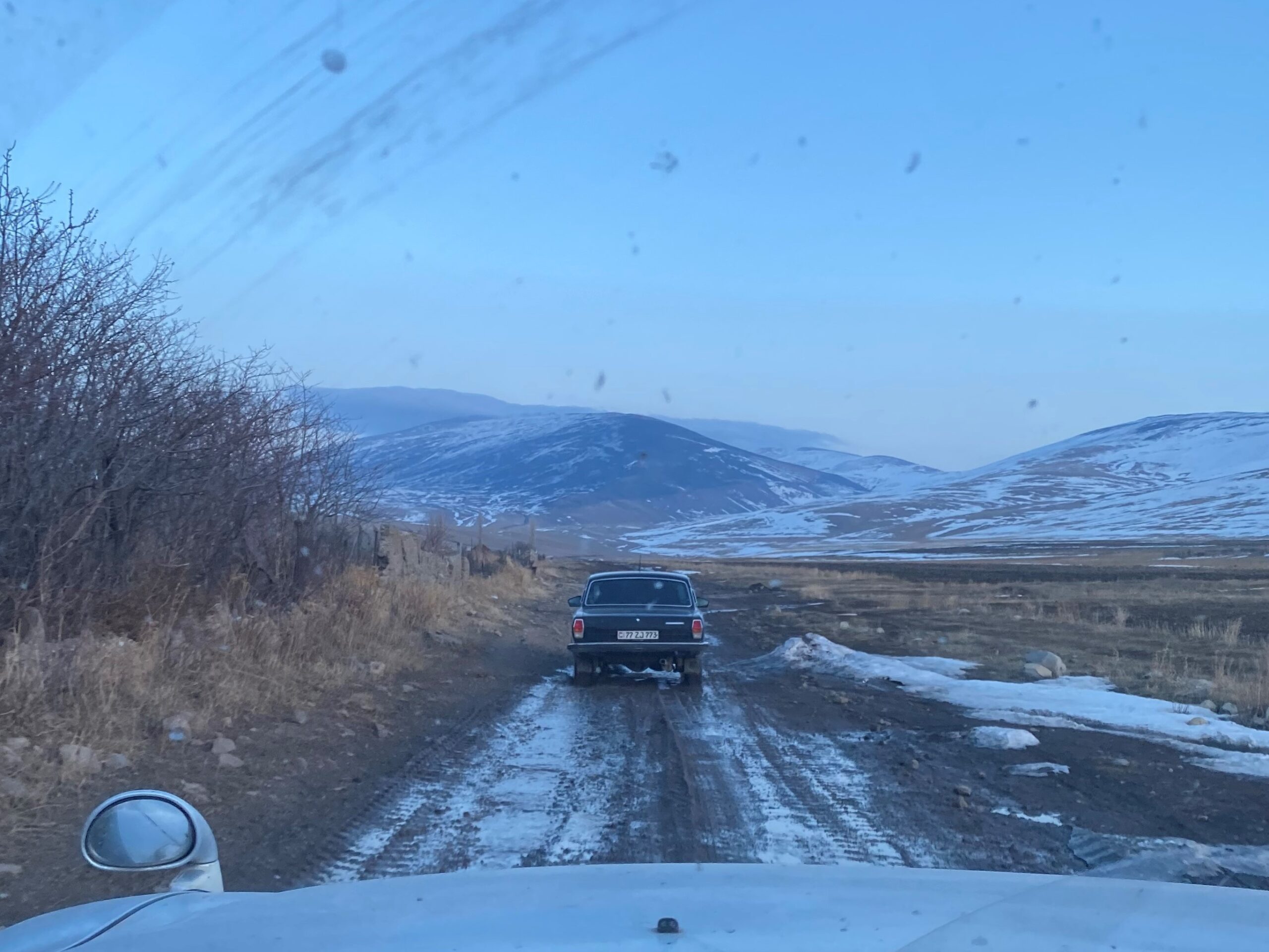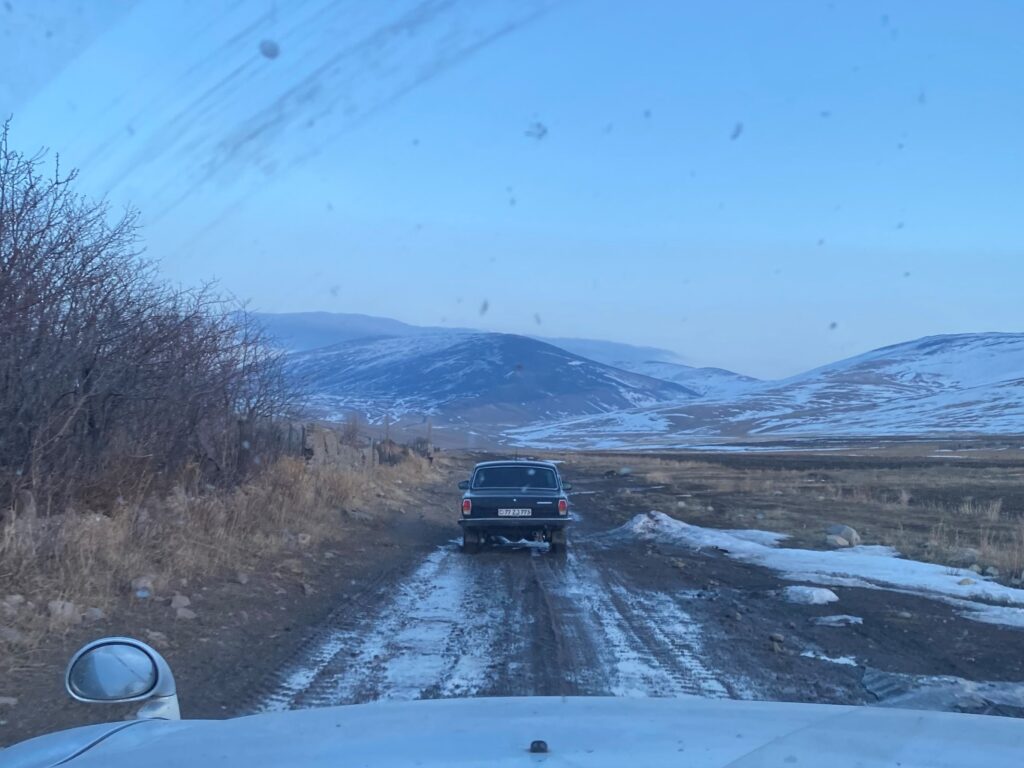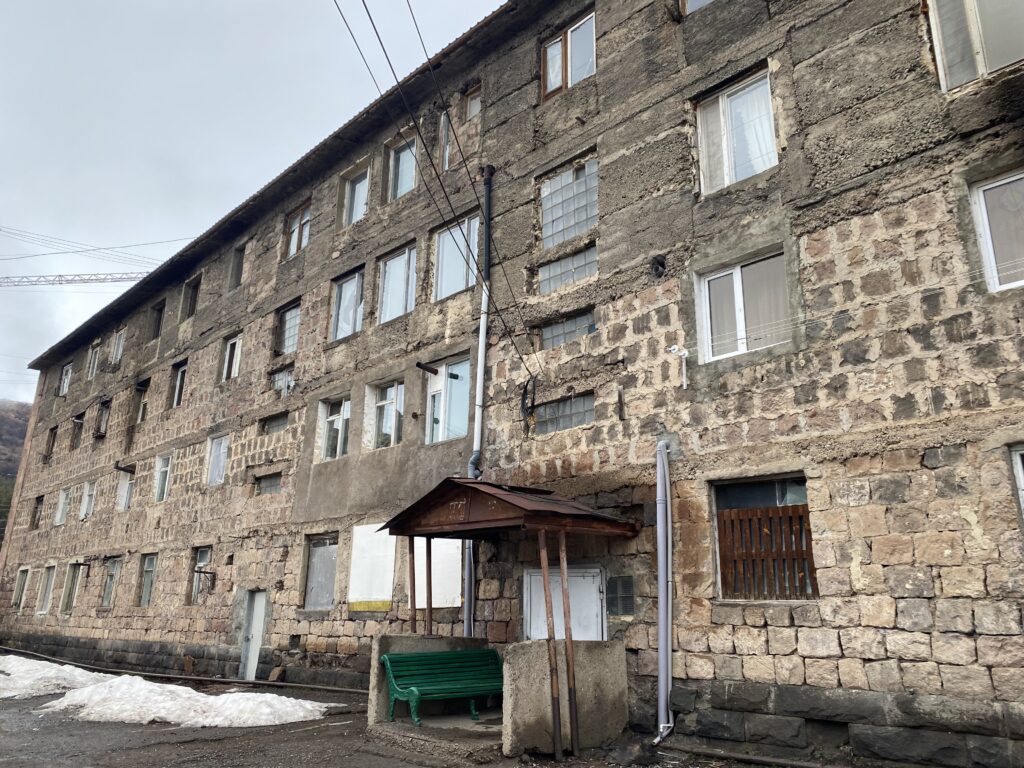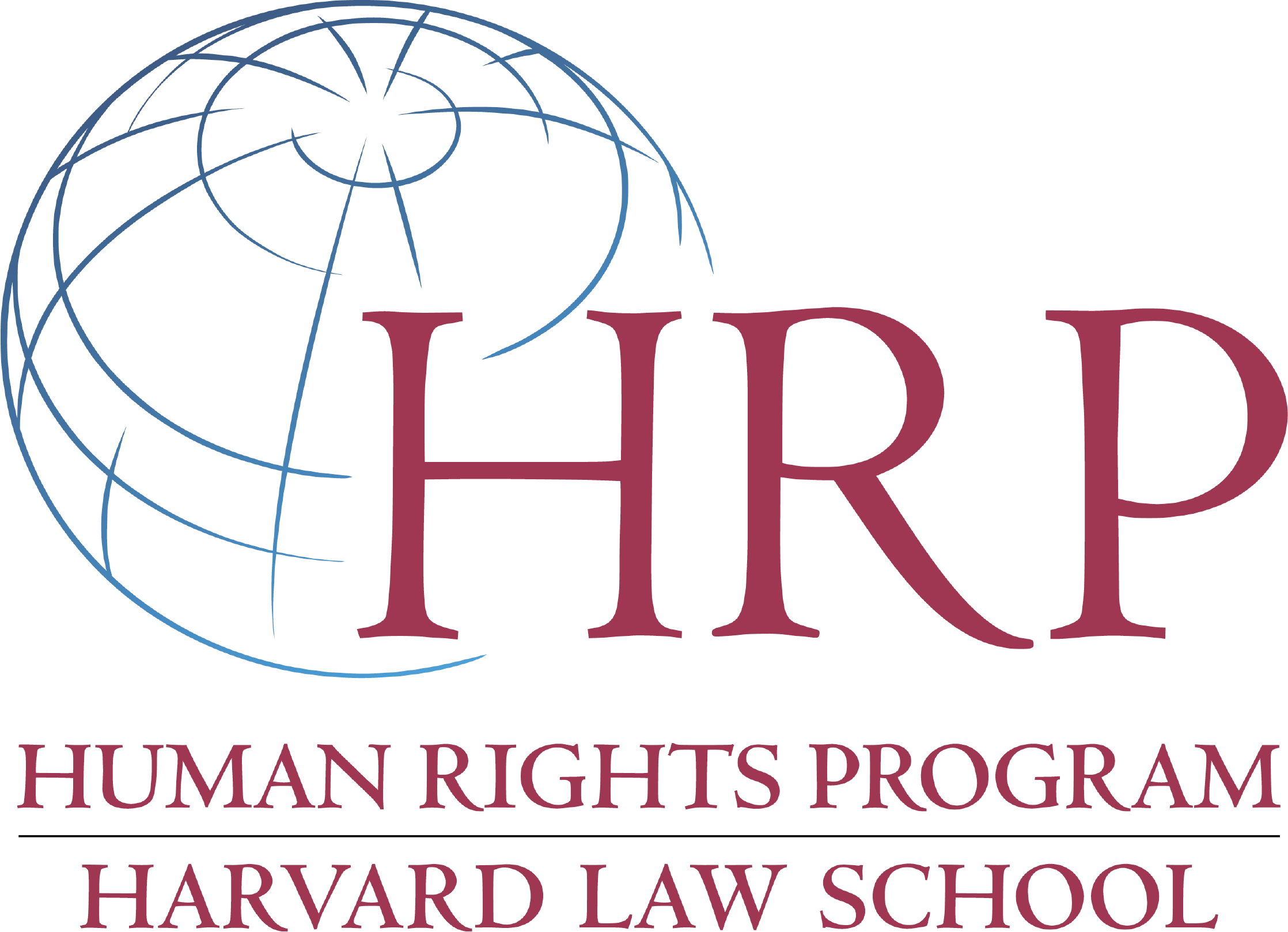
Signposting Another Genocide: The World’s Obligation to Act on Clear Warning Signs

The dirt road leading to Kut, a small Armenian village on the border with Azerbaijan, is uneven and somber as we drive down it at dusk. I gulp, attempting to swallow my fear, as we get closer to the Armenian mountain on which Azerbaijani soldiers have illegally positioned themselves. My colleague points directly in front of us: “There they are,” she says. We are so close. I take a deep breath and revert to conversation, doing my best to feign strength so I can speak with the families who brave this reality every day.
As we enter this small farming village with less than 200 inhabitants, holes paint house facades and shrapnel scatters the ground. The head of the village welcomes us into his home, with seven other family members sitting around the kitchen table. They smile softly and speak weightily, their voices carrying a juxtaposing resilience and despair that fill and break your heart simultaneously.
As they speak, I think of Nune, an elderly woman from Nagorno-Karabakh we interviewed a few days earlier who was stuck in an Armenian border village because of the ongoing blockade of 120,000 Armenians by Azerbaijan. She effortlessly captured the scenes we were witnessing in each home we visited, with each table that offered more than what the family had, and each set of eyes that spoke something deeper than a mouth. She said, “Armenians have become this race that has one side of its face that smiles and another that sinks.”
It is true.
One-hundred-and-eight years ago the Ottoman Empire attempted to systematically eradicate Armenians. One-and-a-half million Armenians were killed, with many more displaced. While Armenians have been seeking justice for that genocide for over one hundred years, a new attempt seems to be on the horizon. Today, Armenians are suffering violence at the hands of Azerbaijan, and the warning signs of a renewed intent to destroy are all too apparent.
Those signs include examples of state-sponsored discrimination, incendiary, divisive, and dehumanizing rhetoric from government officials, violence against the civilian population, removing their means of survival, segregating them, applying different and restrictive security rules to them, and hiding the violence behind world events like Covid-19 and the war in Ukraine.
Over a century ago we didn’t know the warning signs of mass atrocity, but these patterns have been identified for exactly this purpose so that we can help prevent genocide from ever materializing. Unfortunately, too often we see them, but dismiss them, only responding once it’s too late. For example, the signs of genocide have been readily apparent in Tigray, where there is now an ongoing ethnic cleansing. In Burma, there were clear signs of genocide years before it escalated into the atrocities that have been officially deemed as such today. It is undoubtedly difficult to accurately assess in each unique context what could help prevent such escalation, but at least for the case of Armenia we have some indication of what has worked and what could help further.

Perhaps most helpful for slowing down any escalation has been the European Union presence at the Armenia-Azerbaijan border. This civilian mission has five bases and moves along the border, tasked with observing and reporting on the situation on the ground and contributing to human security. While it is hard to measure a counterfactual, there are strong indicators that their presence has helped, as fewer attacks have occurred since their arrival. In fact, many of the incursions that have occurred have been at parts of the border where the observers were absent. One concrete way to heed the warning signs and contribute towards ensuring this conflict does not escalate would be to enlarge the mission. Additionally, the EU would help tremendously by placing observers in Nagorno-Karabakh as well as at the Azerbaijani side of the border.
Last month I participated in a fact-finding trip to Armenia with the University Network for Human Rights for a project I started with Harvard Law School’s Advocates for Human Rights in collaboration with the Yale Loewenstein Project. We traveled to Armenian villages on the border with Azerbaijan and spoke with people there about their experiences. Across all the interviews we conducted as a team, the recurring theme that was impossible to ignore is that fear and uncertainty fill the air in Armenia today. It is what people breathe in each day, but what they struggle to exhale. The release never comes. The fog is never lifted. They walk through each day holding their breath, wondering when they will finally be able to breathe again. The fear and uncertainty are suffocating. They are palpable. And they are our problem. As human beings, we have a responsibility to do something. And for this conflict, we can.
These fact-finding trips shouldn’t just be about finding facts. They should inform action. This conflict is still at a stage where prevention of further large-scale atrocities is possible, and that should be encouraging, especially against the backdrop of the 108th anniversary of the Armenian Genocide. We have another chance, as a society, to make “never again” a reality, and that can start with taking these warning signs seriously, enlarging the EU mission, and showing Azerbaijan that the world is watching.
Anoush Baghdassarian is a Visiting Professional at the International Criminal Court. Her views are her own. She has a J.D. from Harvard Law School, a Master’s in Human Rights, and a Bachelor’s in Psychology and Holocaust/Genocide Studies. She is also the co-founder of the Rerooted Archive, the oral history archive of the Armenian diaspora.
Views expressed on Harvard Human Rights Reflections are those of the individual authors and do not necessarily reflect the opinions or positions of the Human Rights Program or Harvard Law School.
